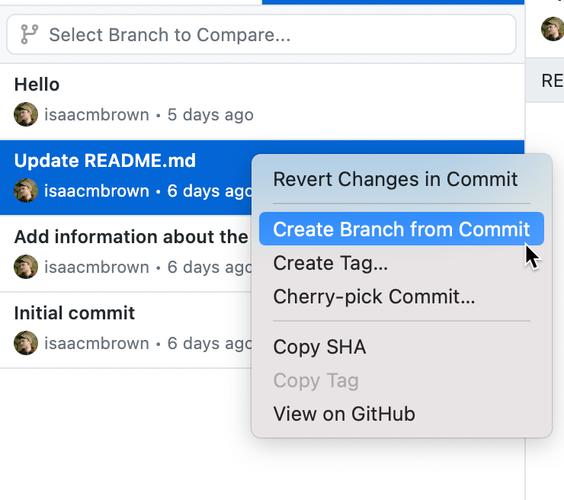Understanding the Role of the President of the United States
The President of the United States is a position that carries immense responsibility and influence. As the leader of the most powerful nation in the world, the President’s role is multifaceted, encompassing political, economic, and social aspects. In this article, we will delve into the various dimensions of the presidency, providing you with a comprehensive understanding of the role and responsibilities of the President of the United States.
Historical Background
The office of the President of the United States was established by the Constitution of the United States, which was adopted on September 17, 1787. The first President, George Washington, took office on April 30, 1789. Since then, the presidency has evolved, with each President leaving a unique mark on American history.

Electoral Process
The President of the United States is elected through an indirect election process. Voters cast their ballots for electors, who then vote for the President and Vice President. The candidate who receives a majority of the electoral votes becomes the President. This process ensures that the President is chosen by a broad representation of the American people.
Term of Office
The President of the United States serves a four-year term, with the possibility of serving a maximum of two terms. This term limit was established by the Twenty-Second Amendment to the Constitution, which was ratified in 1951. The amendment was a response to the concern that Franklin D. Roosevelt’s long tenure as President could lead to a concentration of power.
Responsibilities and Powers
The President of the United States has a wide range of responsibilities and powers, which can be categorized into several key areas:
-
Executive Powers: The President is the head of the executive branch of the federal government. This includes the authority to enforce federal laws, appoint federal officials, and negotiate treaties with foreign nations.

-
Legislative Powers: The President can propose legislation to Congress, although Congress has the final say on whether to pass or reject the legislation. The President can also veto legislation passed by Congress, although Congress can override the veto with a two-thirds majority in both houses.
-
Judicial Powers: The President has the power to nominate federal judges, including Supreme Court justices. The Senate must confirm these nominees before they can take office.
-
Foreign Policy: The President is the chief diplomat and has the authority to conduct foreign relations, negotiate treaties, and send military forces into action.
-
Domestic Policy: The President is responsible for overseeing the implementation of federal laws and policies, including economic, social, and environmental issues.
Presidential Inauguration
The Presidential Inauguration is a formal ceremony that marks the beginning of a President’s term in office. It takes place on January 20th, following the election. The ceremony includes the President taking the Oath of Office, which is administered by the Chief Justice of the United States.
Presidential Libraries and Museums
After leaving office, former Presidents establish presidential libraries and museums to preserve their legacy and provide a resource for research and education. These institutions are located across the United States and offer a wealth of information about the presidency and American history.
Presidential Salaries and Benefits
The President of the United States receives an annual salary of $400,000. In addition, the President is entitled to a variety of benefits, including a residence at the White House, Secret Service protection, and access to a fleet of aircraft.
Presidential Trivia
Here are some interesting facts about the presidency:
| Fact | Description |
|---|---|
| Oldest President | Donald Trump was the oldest President to take office at age 70. |
| Youngest President | John F. Kennedy was the youngest President to take office at age 43. |
| Longest-Serving President | Franklin D. Roosevelt served four terms, from 1933 to 1945. |